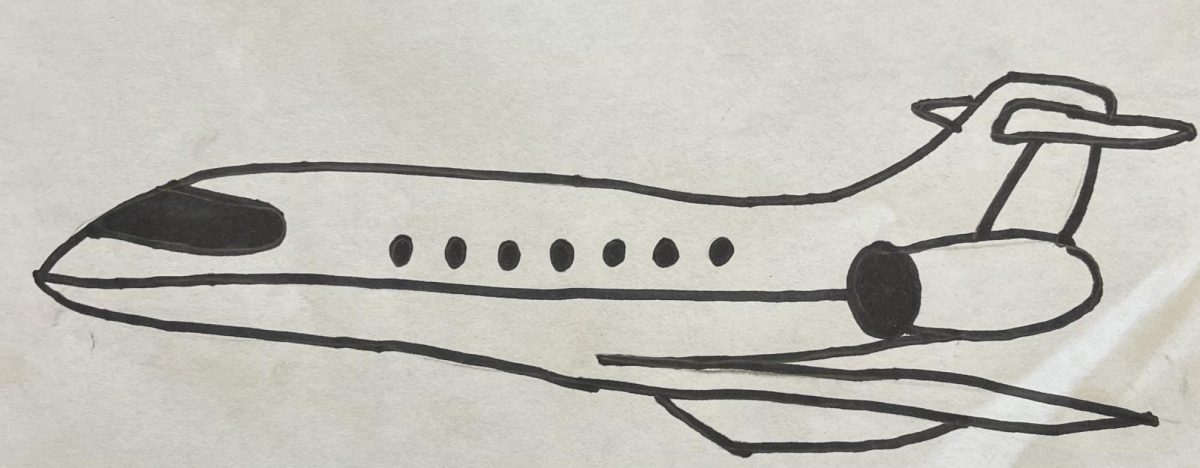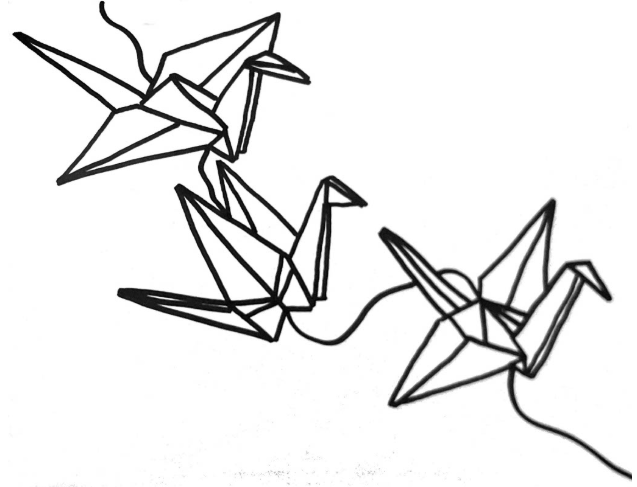Watermelon
Artists and civilians use the native Palestinian fruit watermelon, which shares the colors of the Palestine Flag, as a form of protest. In 1967 the Palestine flag was banned in Israel, including the colors of the flag – red, green, white, and black – from being seen together, which happen to be the colors of the Watermelon. This fruit has become a way for Palestinians to face censoring both in Israel and on social media, and, in the more recent months of the war, has adopted a global meaning of showing support and solidarity with Palestine.
Olive Tree
Olive trees live for hundreds of years and are owned by Palestinian families, providing sustenance for generations. Many families rely on selling olive oil to secure their livelihood. The olive harvest is typically a social event, with communities helping out in collecting and harvesting; becoming a significant symbol of connection in Palestine. Israel has recently violated international humanitarian law and weaponized white phosphorus (essentially a chemical weapon) against olive trees to diminish not only a staple in Palestinian agriculture, but also a symbol of connection to Palestinian land. In the recent attack from Israel, over 40,000 trees have been removed in Gaza due to pesticides. Though not resistant to phosphorus, olive trees are able to survive in poor soil and draughts, making it a symbol of resistance to Palestinians rooted in their homeland against Israeli attacks.
Spoon
Fists brandishing spoons in front of Palestinian flag have become a symbol for freedom and perseverance. This image comes from six prisoners who escaped the high-security Gilboa prison on January 6, 2021, by digging their way out with spoons, plates, and the handle of a tea kettle. The image of a spoon immortalizes all previous Palestinian acts of resistance as well, especially bringing back memories of another prison break in 1996 when two Palestinians dug their way out of prison with their nails.





